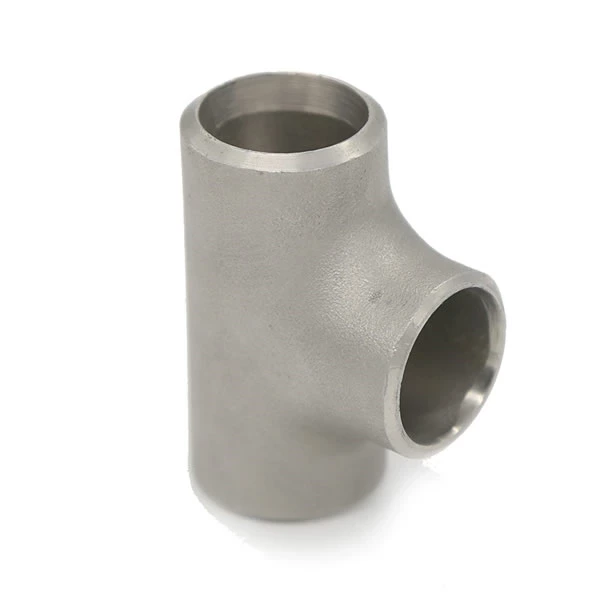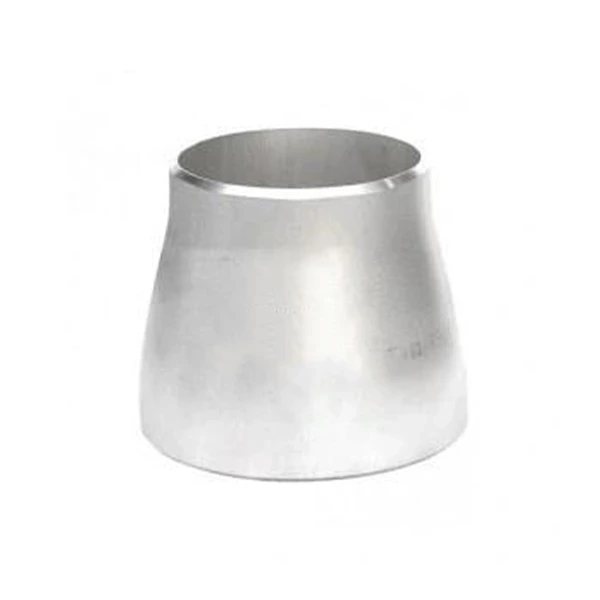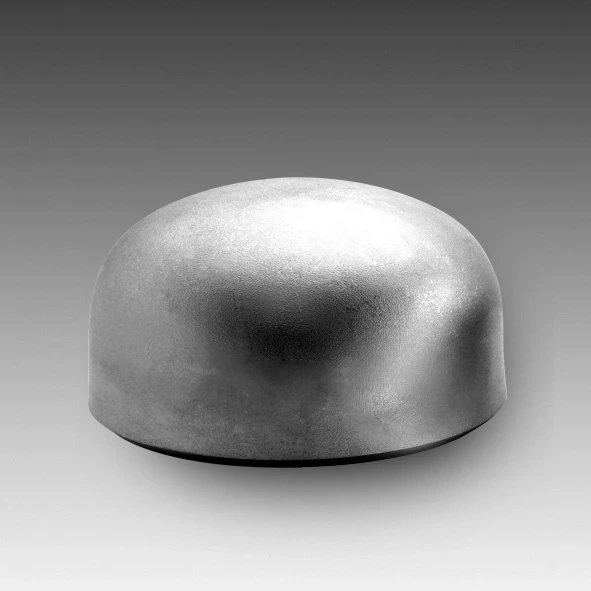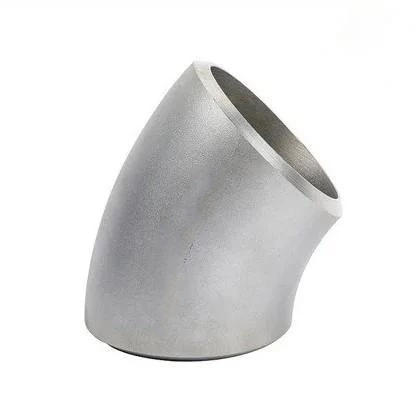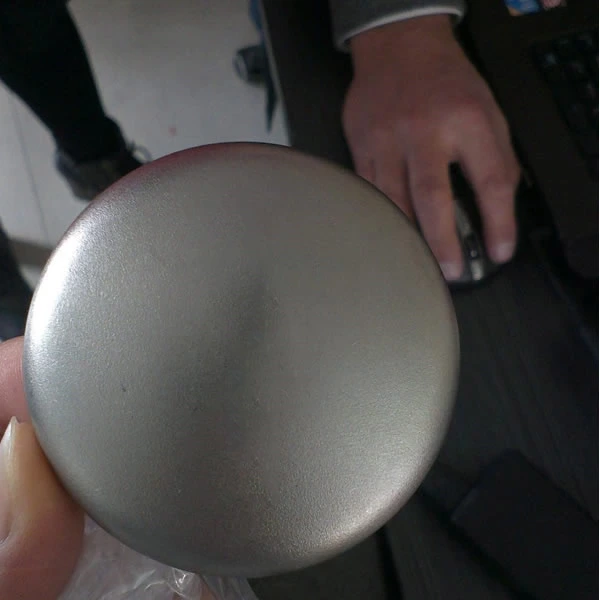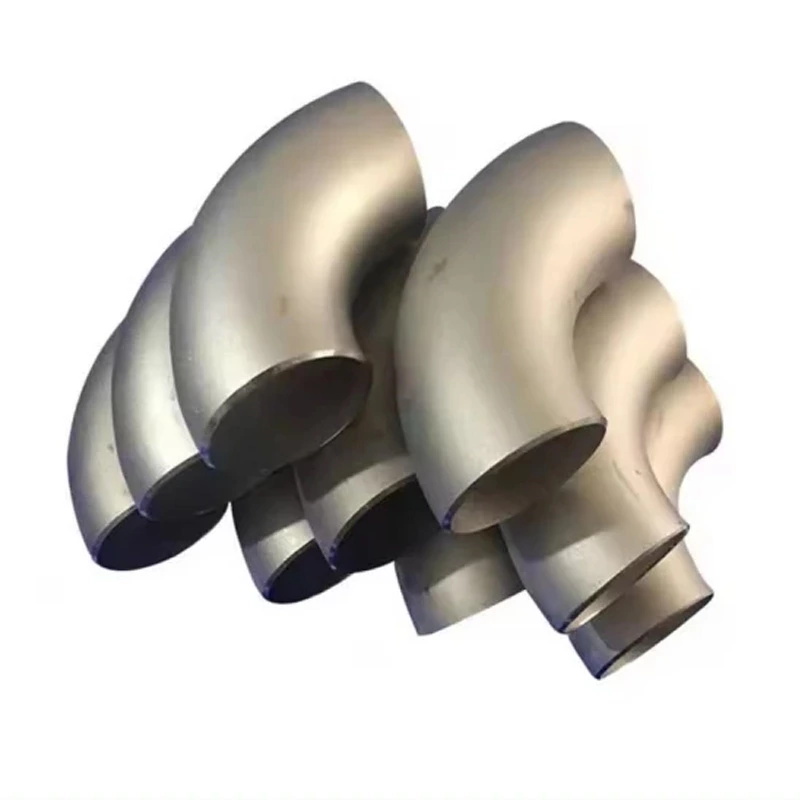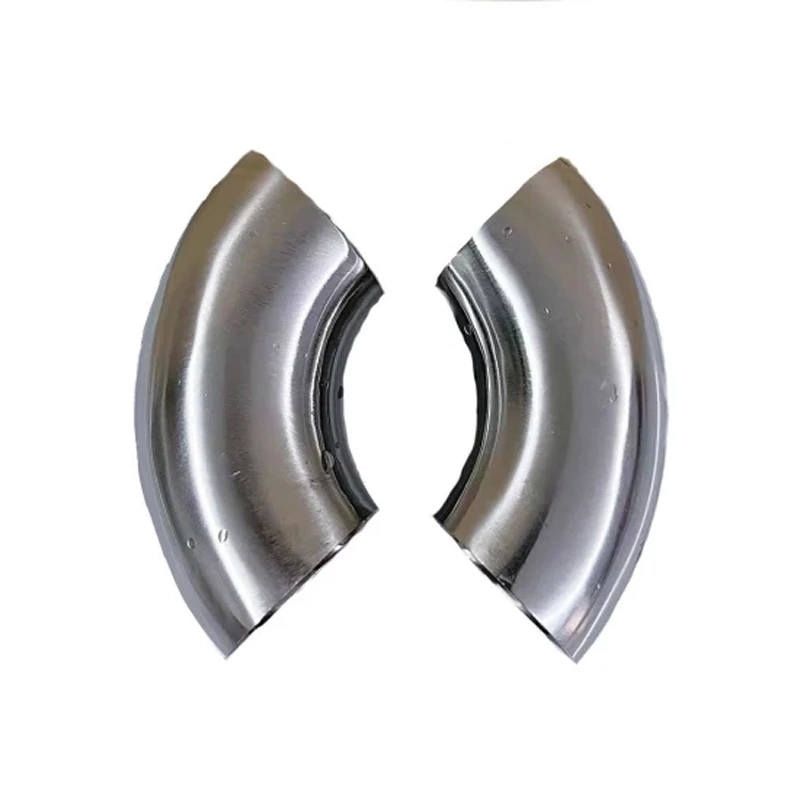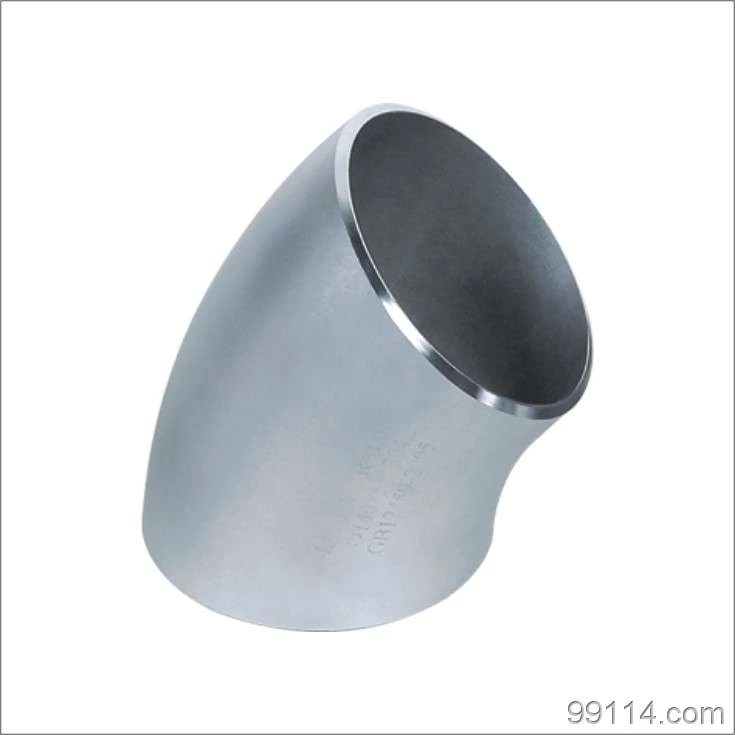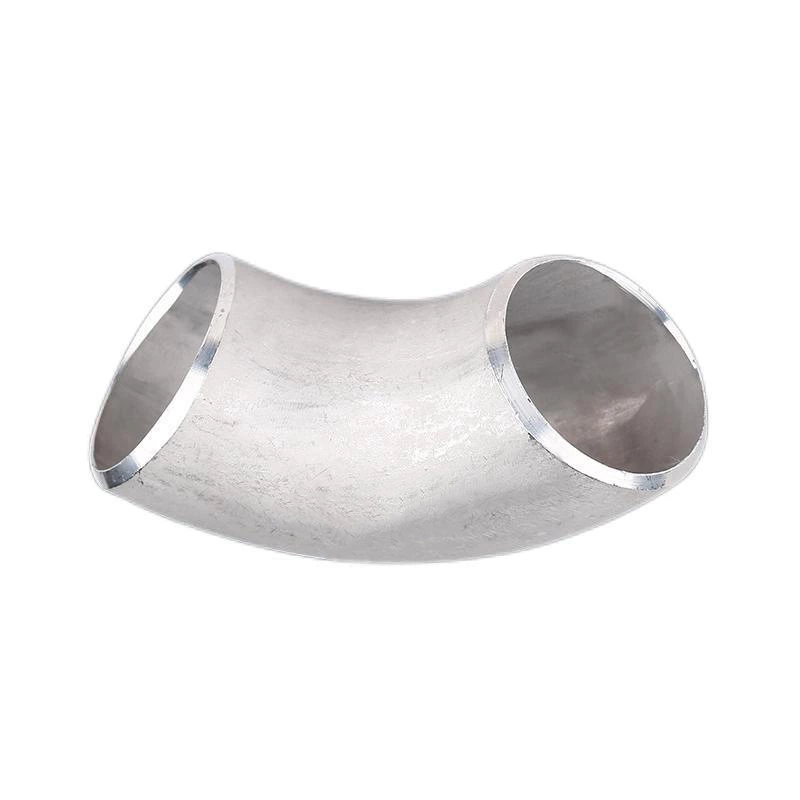What Are The Causes Of Cracks In Tee Elbows In Stainless Steel Pipe Fittings
Stainless Steel Weld Tee if the deformation is too small, the requirements of surface finish and dimensional accuracy cannot be met, and the strength index of the component cannot be met; if the deformation is too large, the plasticity and toughness of the seamless insulated elbow will be reduced too much, and the grains will be stretched too thin and elongated to form a fibrous structure, and the metal will have obvious anisotropy. The axial direction of the cold-drawn seamless insulated elbow is parallel to the elongation direction of the grains, and the strength increases; the radial direction of the cold-drawn seamless insulated elbow is perpendicular to the elongation direction of the grains, and the strength decreases instead. The largest stress of the hydraulic cylinder exists in the radial direction of the seamless insulated elbow. Therefore, too much deformation is not conducive to fully exerting the performance of the cold-drawn tube. For the fibrous structure and crystal defects such as dislocations and vacancies in steel, heat treatment methods such as annealing or normalizing are generally used to remove them. The purpose of annealing is to refine the grains, remove structural defects, reduce hardness, improve plasticity, and facilitate cold processing. Annealing equipment is indispensable in the production of cold-drawn seamless insulated elbows. Therefore, formulating an appropriate annealing process is the condition to ensure that the cold-drawn seamless insulated elbows are qualified and the products do not have fracture defects. If manufacturers reduce the annealing process in order to unilaterally reduce production costs, it will inevitably have an adverse effect on product quality.
What are the reasons for cracks in tee elbows in stainless steel pipe fittings? After our analysis, there are mainly the following points:
1. Raw material factors. Poor quality pipe blanks will have internal and external warping, scarring, cracks, etc.;
2. Temperature factors. An important process in the production of seamless insulated elbows is heating. Poor heating (uneven, insufficient temperature, etc.) will cause internal warping, etc.;
3. Equipment factors. From the beginning of the furnace, each equipment component will affect the final quality of the pipe. For example, the collision and scraping of equipment parts will cause warping and pits; if the perforator is not smooth, it will cause the head of the tube to be sprayed with water and difficult to bite into or warping of the head;
4. Process problems The process problems are also quite complicated, including adjustment problems, equipment failure problems, and pipe quality problems caused by wear of process parts (head, guide plate, roller, etc.). The problems caused are all-encompassing.
In the warehouse, steel pipes cannot be stacked together with acids, alkalis, salts, cement, etc., just like GB5310 high-pressure boiler tubes cannot be stacked together with corrosive materials. Different types of steel pipes should be stacked separately to prevent confusion and contact corrosion. The warehouse should be selected according to geographical conditions. Generally, ordinary closed warehouses are used, that is, warehouses with roofs, walls, tight doors and windows, and ventilation devices. The non-open-air state can prevent steel pipes (seamless insulation elbows, straight seam welded pipes, seamless steel pipes) from rusting and peeling due to long-term exposure to wind and sun.
